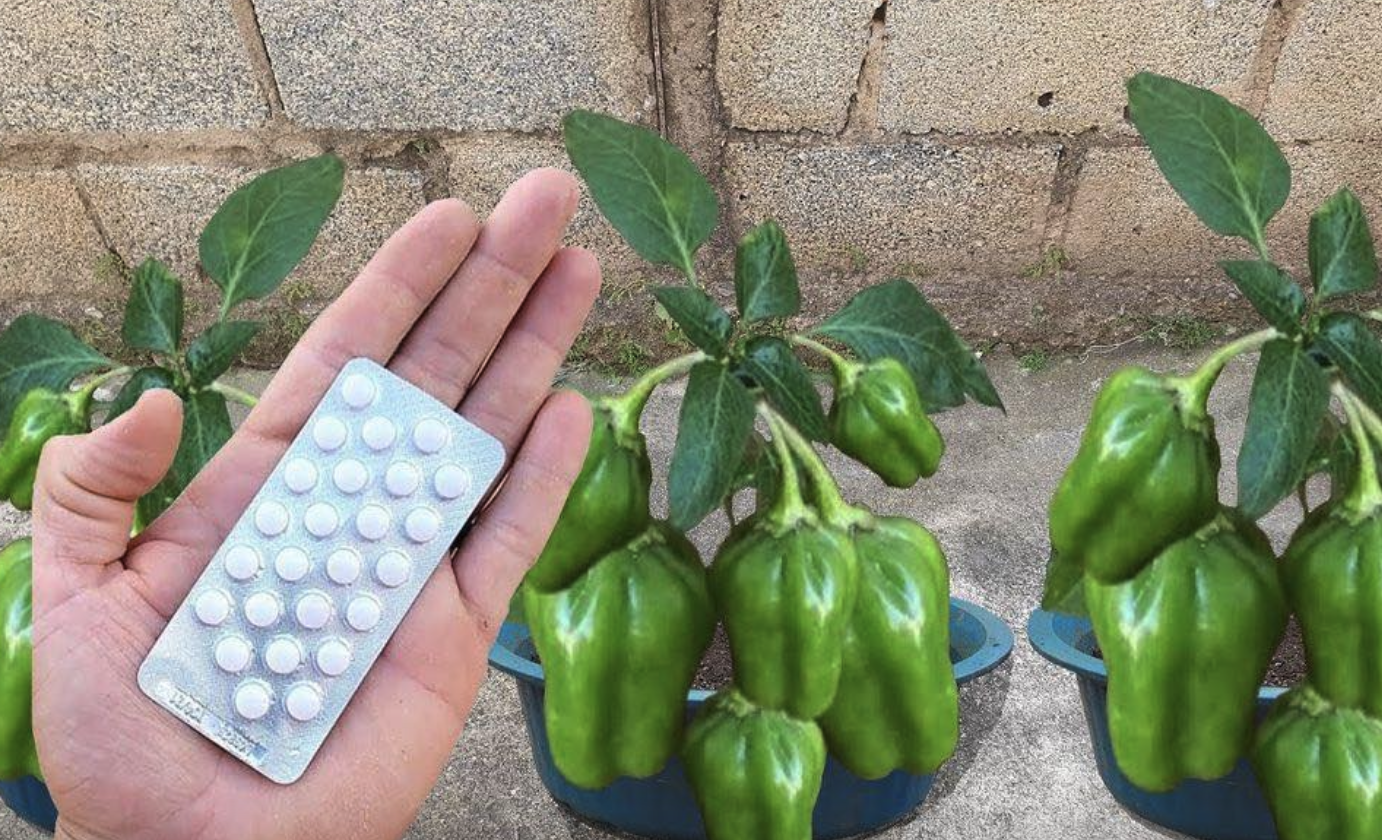Secrets and steps to grow peppers in your garden


Peppers are a popular addition to many gardens, and for good reason. They come in a variety of colors, shapes, and sizes, and can be used in a wide range of dishes. Whether you’re looking to add some spice to your meals or simply enjoy the beauty of these plants, growing peppers in your garden can be a rewarding experience. Here are some secrets to help you grow healthy and productive pepper plants.

- Choose the right variety Peppers come in many varieties, including sweet peppers, hot peppers, and bell peppers. It’s important to choose the right variety for your needs and growing conditions. Consider factors such as the length of your growing season, the amount of sunlight your garden receives, and the average temperature in your area. Some varieties, such as jalapeno peppers, are known to be more heat-tolerant, while others, such as sweet bell peppers, require a longer growing season.
- Provide the right growing conditions Pepper plants require well-draining soil and full sun to thrive. Make sure your garden bed is rich in organic matter and has good drainage. Peppers also benefit from regular watering, especially during hot, dry weather. However, be careful not to overwater, as this can lead to root rot and other problems.
- Use companion planting Companion planting is the practice of planting different types of plants together to create a mutually beneficial relationship. For example, planting basil or marigolds near your pepper plants can help repel pests and attract beneficial insects, such as bees and ladybugs. Additionally, some plants, such as tomatoes and eggplants, are known to be good companions for peppers because they have similar growing requirements.
- Fertilize regularly Pepper plants are heavy feeders and require regular fertilization to produce healthy fruits. Use a balanced fertilizer that contains equal amounts of nitrogen, phosphorus, and potassium. You can also use organic fertilizers, such as compost or aged manure, to provide your plants with nutrients.
- Prune your plants Pruning can help your pepper plants grow bushier and produce more fruit. Remove any suckers, which are small shoots that grow in the crotch between the main stem and the branches. Additionally, you can remove any damaged or diseased leaves to prevent the spread of disease.
- Harvest your peppers Harvest your peppers when they reach their desired size and color. Most varieties will continue to produce fruit throughout the growing season, so make sure to check your plants regularly. Use a sharp knife or scissors to cut the peppers from the plant, being careful not to damage the stem or the plant itself.
By following these secrets, you can grow healthy and productive pepper plants in your garden. Whether you’re a seasoned gardener or just starting out, growing peppers can be a fun and rewarding experience.
Source: https://grandmastricks.com
DISCLAIMER: THIS WEBSITE DOES NOT PROVIDE MEDICAL ADVICE The information, including but not limited to, text, graphics, images and other material contained on this website are for informational purposes only. The purpose of this website is to promote broad consumer understanding and knowledge of various health topics. It is not intended to be a substitute for professional medical advice, diagnosis or treatment. Always seek the advice of your physician or other qualified health care provider with any questions you may have regarding a medical condition or treatment and before undertaking a new health care regimen, and never disregard professional medical advice or delay in seeking it because of something you have read on this website.
